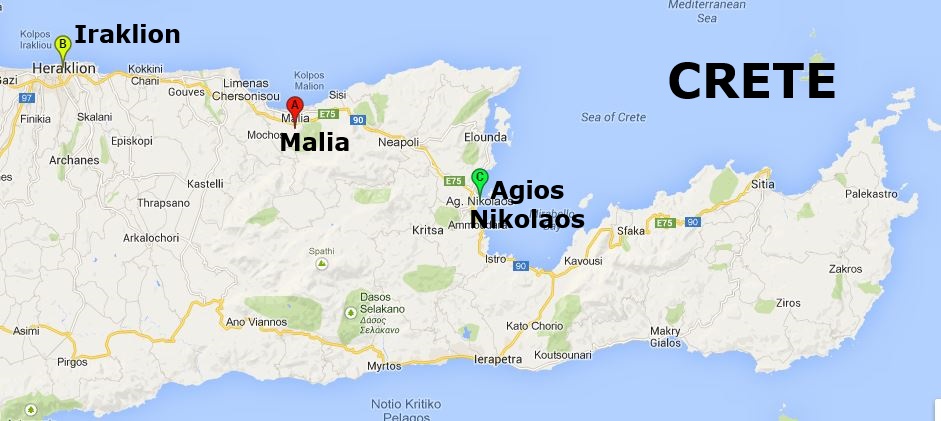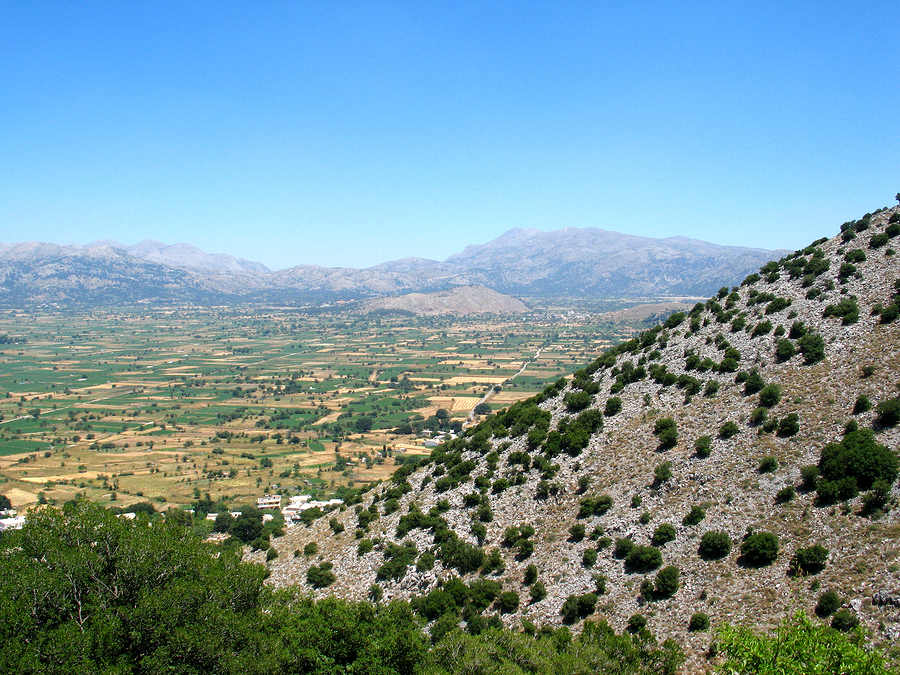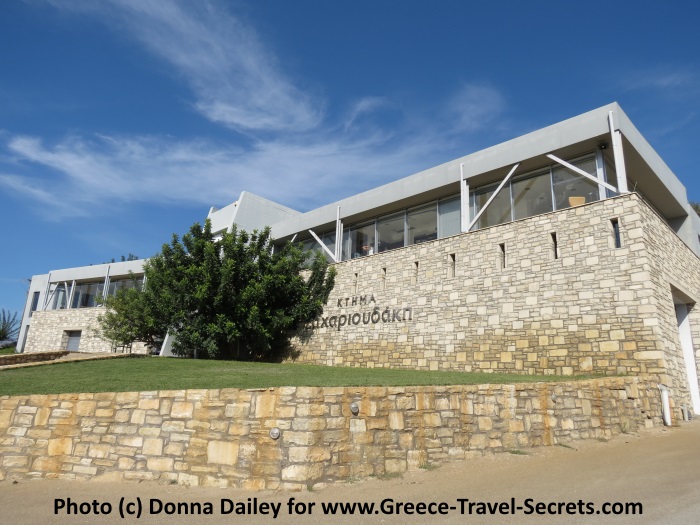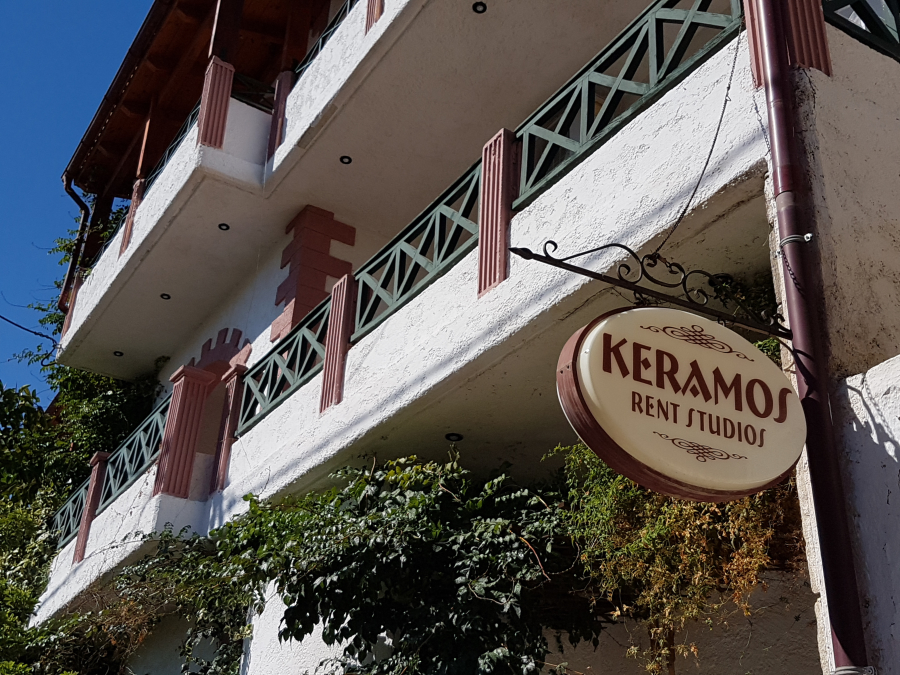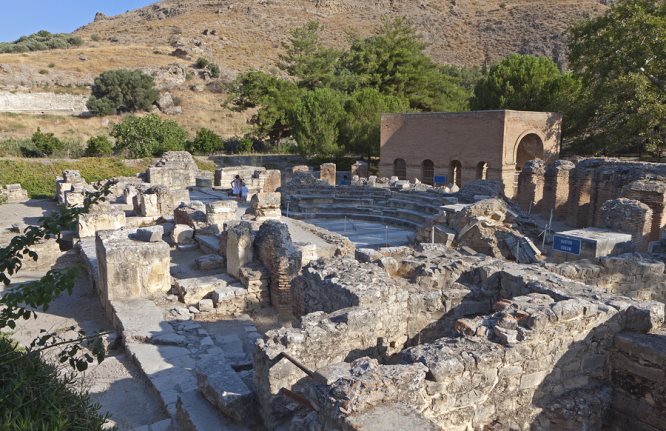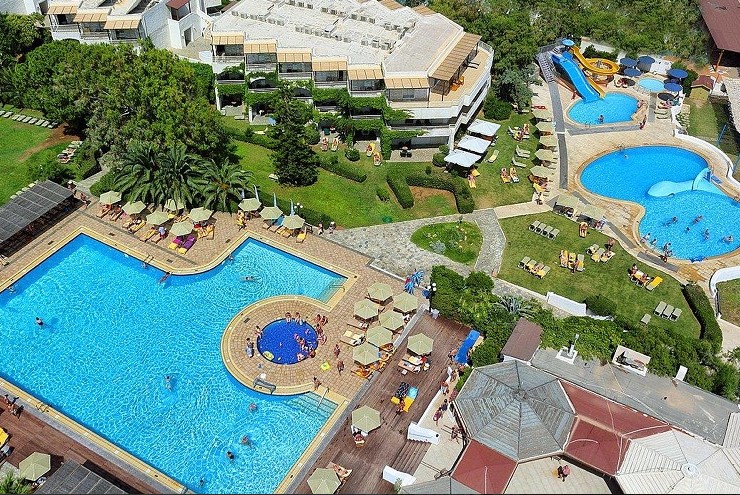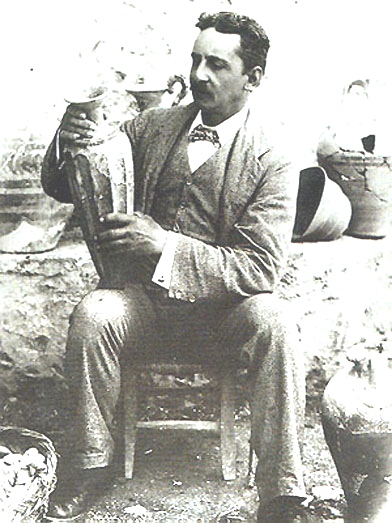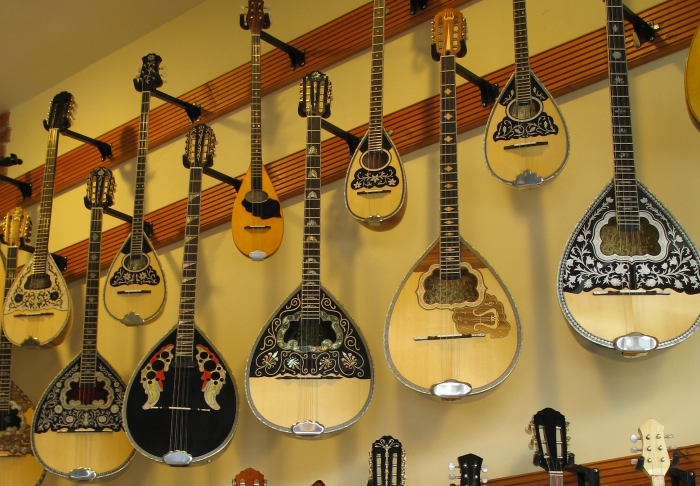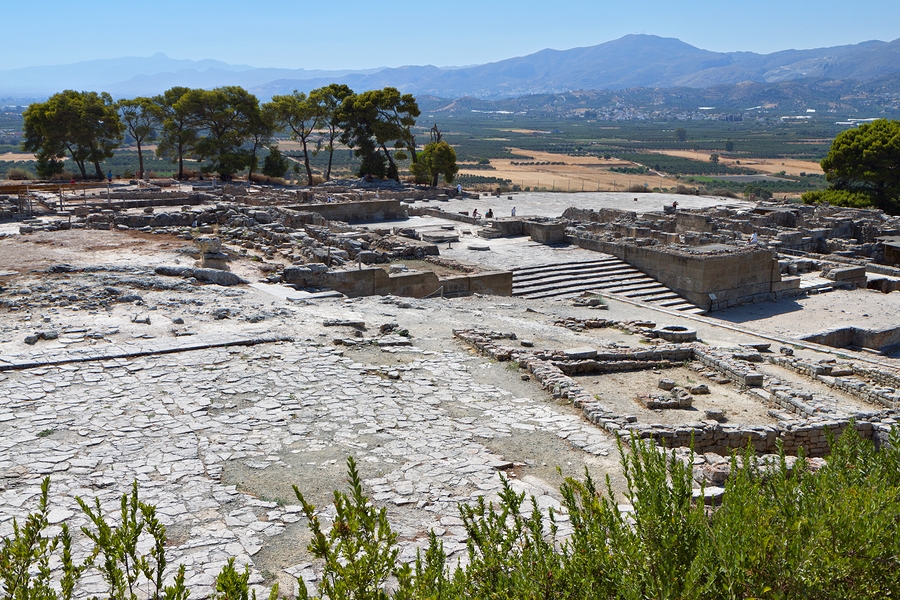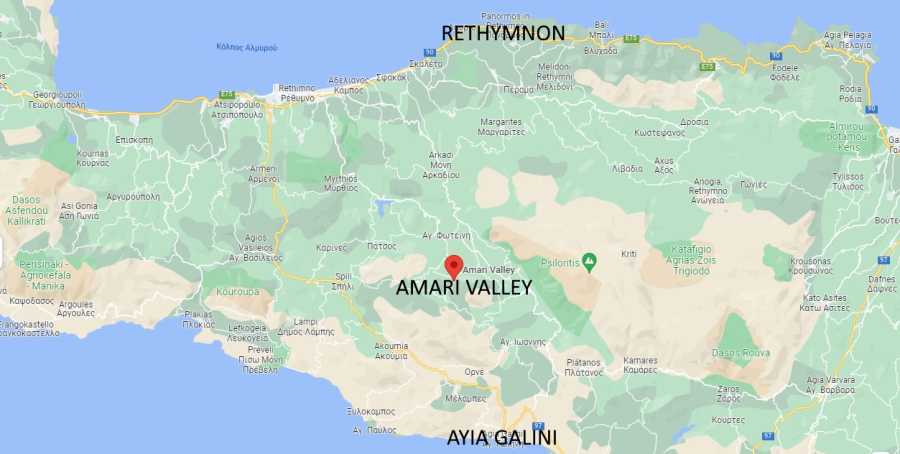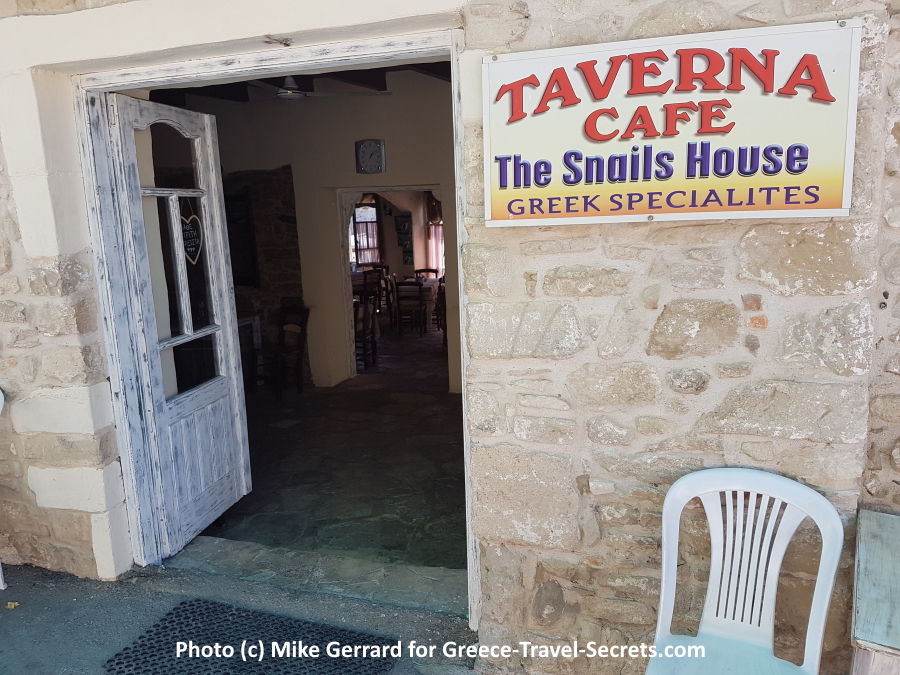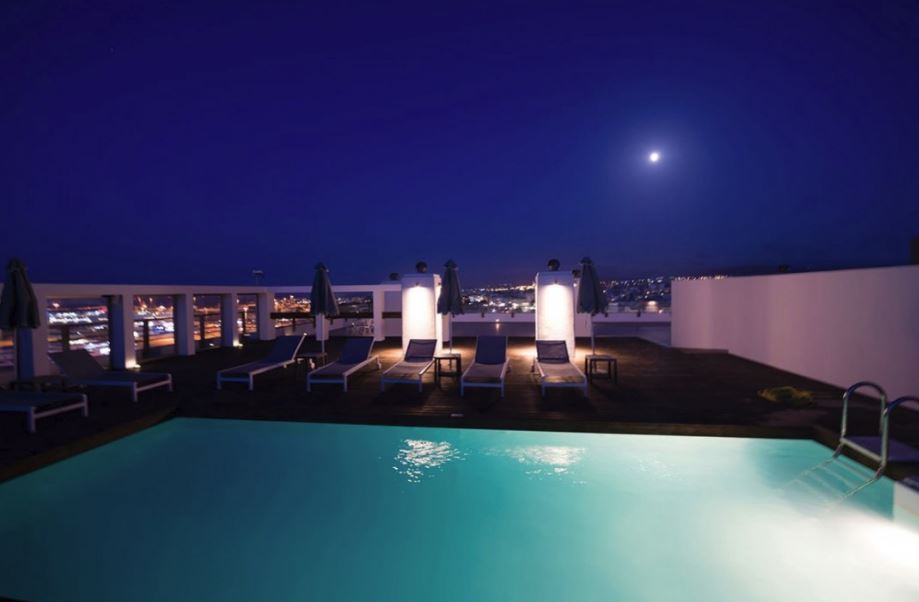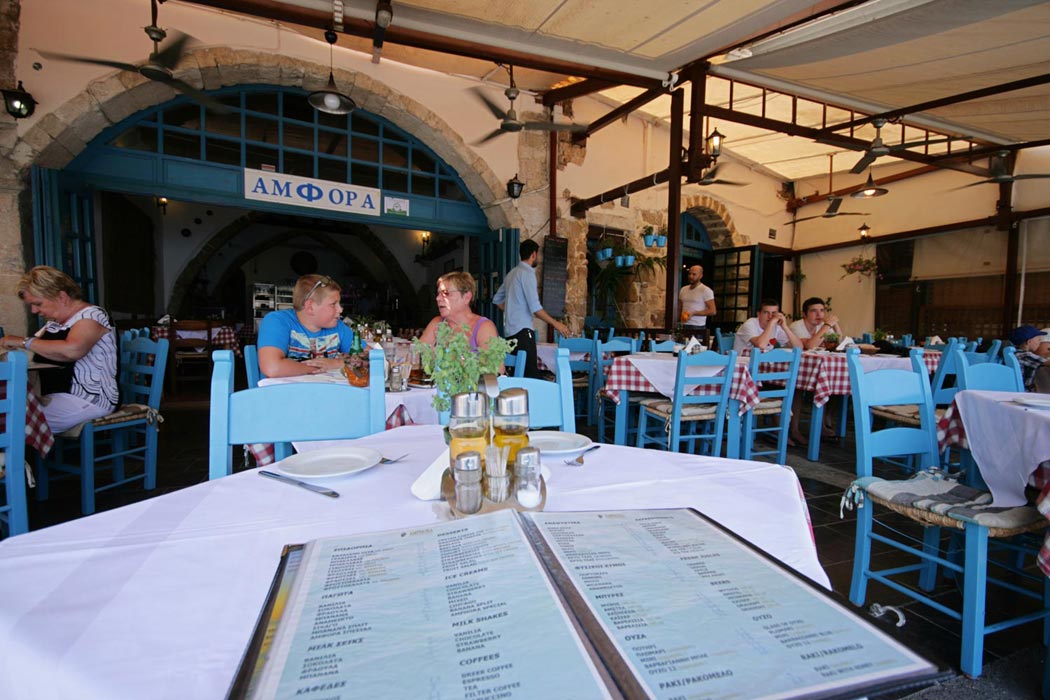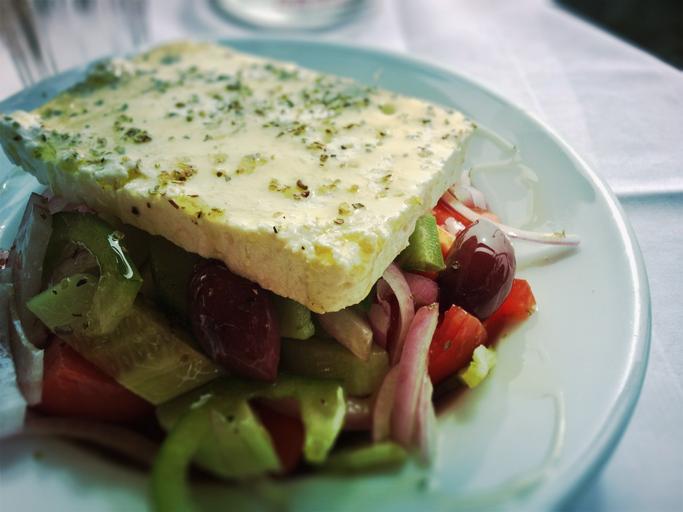Malia
Crete
Malia on the north coast of Crete is renowned for its nightlife and beaches but also has the Minoan Palace of Malia, one of Crete's many archaeological sites.
Malia is the place for which the cliche was coined: it really is ‘a town of contrasts’. It is the busy beach resort above all others, probably the loudest and brashest on Crete. At the same time it has one of the most evocative and least-visited Minoan sites on the island, containing the remains of a palace, and in addition is one of the best coastal spots on Crete for seeing migrating birds in spring and autumn.
The summer wildlife is found in the town centre, where strips of bars and discos blare out music until the early hours of the morning, and during the day its splendid long sandy beach has holidaymakers packed onto it like sardines… or like sardines that are slowly frying in oil. Ironically, while the main beach, despite its size, is packed with bodies, there is also an excellent beach near the Minoan remains which is frequently empty as so few people make the short 2.5 mile (4km) journey to visit it.
Malia Palace
On one side of the palace remains is the sea, and on the other side still largely hidden under agricultural land are the remains of what was evidently a big settlement. French archaeologists have been working on the site for some time, and the slow painstaking work continues, but visitors can still wander over much of the site where information boards have been placed to help you make sense of the ruins.
There is also a burial site known as Chrysolakkos, with treasures found in the tombs now on display in the Archaeological Museum in Irakleio.
Read about Life as a Minoan
The main area of the site is the former palace itself, which was originally built in 1900 BC but then destroyed in 1700 BC, rebuilt, and then destroyed again in about 1450 BC in the final cataclysmic destruction of the Minoan civilisation on Crete.
The central courtyard is a focal point from which to try and understand the sumptuous buildings that would have surrounded you, and a prior visit to Knosos will give you some idea of what Malia would have looked like.
The remains of storage areas and pits, as well as a huge administration block, indicate that the palace was as well-populated and well-stocked with provisions as any large modern town.
The Milatos Cave
A few kilometers east of the site is the village of Milatos, from where signs direct you along a path to the Milatos Cave: not the usual show cave but a memorial to a massacre that took place here in 1823 during the War of Independence against the Turks. To gaze at the bones in the casket inside the cave is to understand that memories here are long. The Cretans are proud and independent people, and for them to be ruled by a foreign power is the greatest indignity of all.
Latest Posts
-
Explore Vikos Gorge: Hiking, Rafting, and Food in Zagori
One of the most impressive canyons in Europe and one of Greece’s favorite mountain destinations, Vikos Gorge invites hikers and food lovers alike. -
Lefkada: The First Ancient Theater of the Ionian Islands Comes to Light
The first ancient theater ever discovered in the Ionian Islands is located in the heart of the ancient city of Lefkada, established before the end of the 7th century BC. -
5 Epic Island Hikes in Greece for Spring Explorers
This spring, five majestic peaks across Greece’s islands invite us to lace up our boots and discover a wilder side of island life. -
Greek Ferry Services to Halt on May 1 Due to Labor Strike
Ferries in Greece will remain docked for 24 hours on Thursday, May 1, as the Pan-Hellenic Seamen’s Federation (PNO) joins Labor Day mobilizations announced by the General Confederation of Greek Labor… -
Sifnos: Greece’s Hidden Culinary Star on the Rise
Sifnos, a Cycladic island, is gaining fame for its rich culinary heritage, especially the beloved melopita honey-cheese tart. -
Easter in the Mystical Castle of Monemvasia
In the castle town of Monemvasia, with its dramatic medieval backdrop and sea views, Easter is a deeply spiritual and atmospheric experience. -
Easter in Leonidio: A Tapestry of Light, Culture and Cliffs
In Leonidio, Easter comes alive with handmade hot air balloons in the sky and lanterns made from bitter oranges in the streets. -
The Lesser-Known Traditions of Greek Easter
Step off the beaten path this spring and discover the enchanting — and often surprising — Easter traditions found across Greece. -
April 9 Strike in Greece to Impact Public Transport, Ferries and Air Travel
Transportation and travel across Greece will face disruptions on Wednesday, April 9, as public transport, ferry and aviation workers join a nationwide strike called by Greek labor unions. -
Ancient Theater of Lefkada Brought Fully to Light Following Systematic Excavation
The Greek Culture Ministry has announced that the first ancient theater ever identified in the Ionian Islands has recently been brought fully to light on Lefkada, revealing an impressive monument that…



